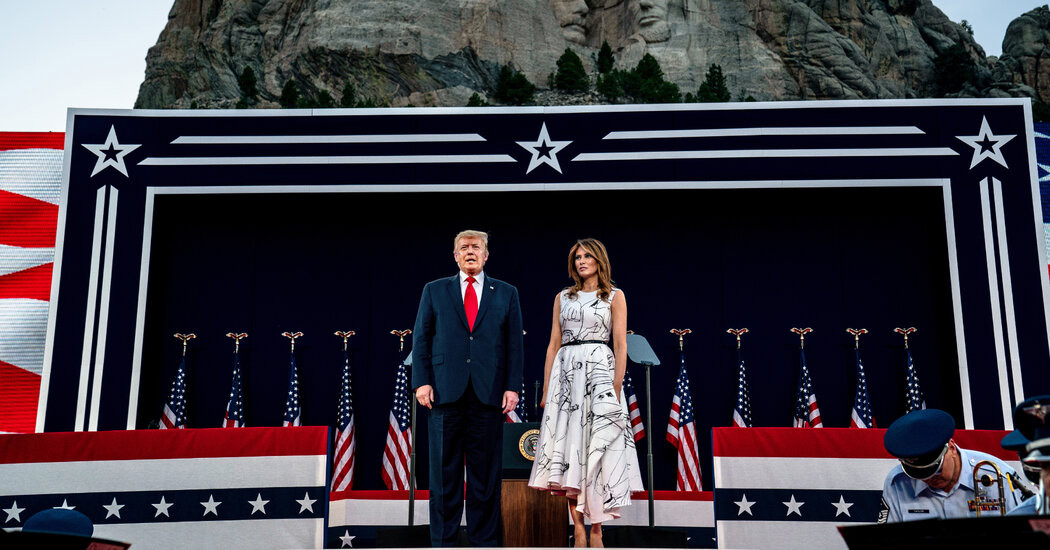

As the 250th anniversary of America’s independence approaches, the president is moving to put his stamp on how the nation’s story is told, in Washington and beyond.
President Trump is not known as a student of history. He hasn’t summoned historians to the White House for free-ranging dinner conversation, like Barack Obama, or boasted of the fat biographies he devours, in the manner of George W. Bush’s reading contest with his adviser Karl Rove.
During his first campaign, Mr. Trump drew mockery for a plaque at one of his golf courses commemorating a Civil War battle that never happened. For all his appeals to American greatness, he rarely extols the founding fathers, and once claimed he would have crushed a combined ticket of George Washington and Abraham Lincoln.
But Mr. Trump keenly understands the power of history. And since returning to the Oval Office, he has moved forcefully to advance his vision of it — and to reshape federal cultural institutions that shape the way the American story is told.
Last month, in an executive order titled “Restoring Truth and Sanity to American History,” he blasted what he sees as a dangerous “revisionist movement” that seeks to undermine “the remarkable achievements of the United States” and its “unparalleled legacy of advancing liberty, individual rights, and human happiness.”
But the president has gone beyond rhetoric, moving to challenge or seize control of history-related federal cultural institutions including the Smithsonian, the National Park Service and the National Endowment for the Humanities. He has also begun moving to put his stamp on planning for the 250th anniversary of American independence next year, and re-upped his concept for the National Garden of American Heroes, a statuary park honoring figures from the past.
For many in the historical profession, Mr. Trump’s moves are nothing short of an assault on history, an effort to sideline critical inquiry and purge the past of uncomfortable facts.



